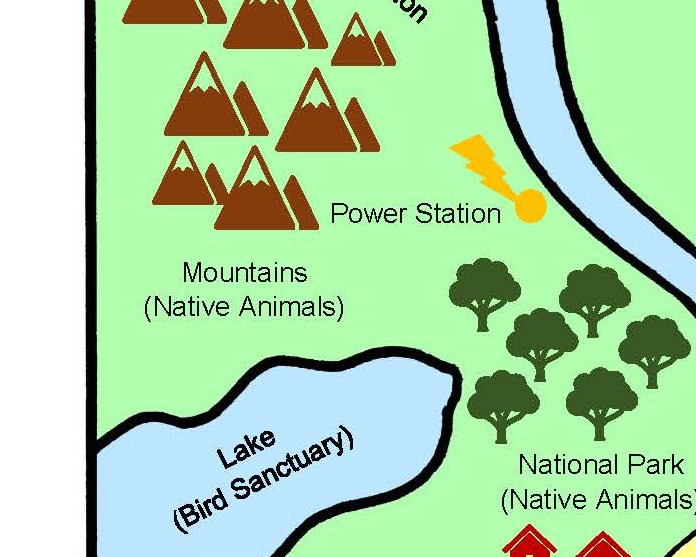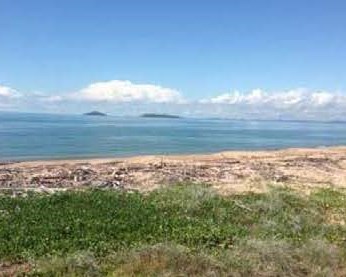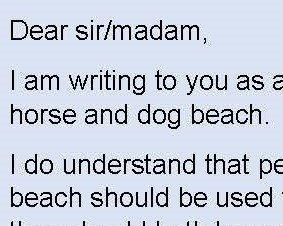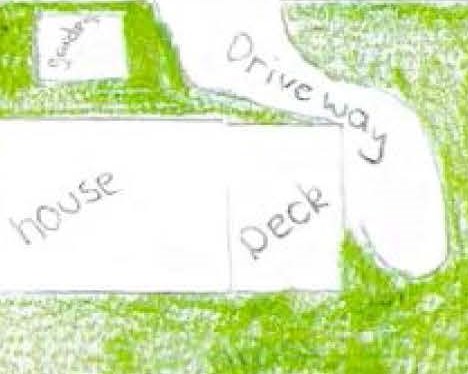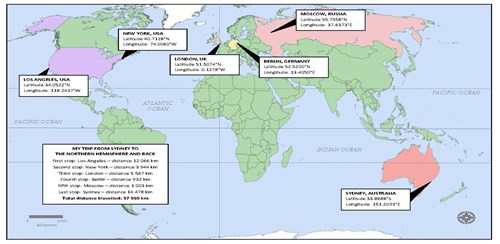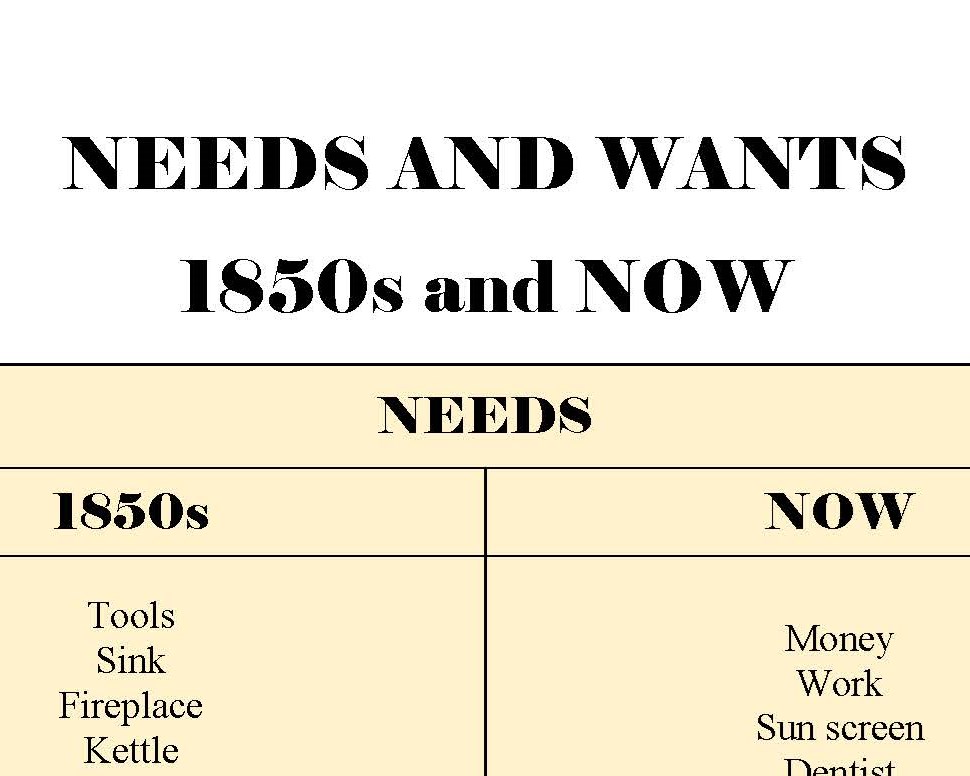Establishing a new colony
Summary of task
Students investigated the early years of settlement of one Australian colony. Using sources provided by the teacher, and with the regular support of the teacher-librarian, they generated a series of inquiry questions to lead to the creation of a collection of previously ‘unknown’ documents from the colony’s past for exhibition in a museum: a map, the diary of a founder, a timeline, a letter to the British government, and a regulation or law. Students displayed their documents in the classroom along with a written statement explaining why it was important to visit the museum to view these documents. The individual documents were completed in class using templates provided by the teacher along with support in drafting, editing and proofreading. The class exhibition was held at the end of a unit of work extending over an entire school term.
Achievement standard
By the end of Year 5, students describe the significance of people and events/developments in bringing about change. They identify the causes and effects of change on particular communities and describe aspects of the past that have remained the same. They describe the experiences of different people in the past.
Students sequence information about events and the lives of individuals in chronological order using timelines. When researching, students develop questions for a historical inquiry. They identify a range of sources and locate, collect and organise information related to this inquiry. They analyse sources to determine their origin and purpose and to identify different viewpoints. Students develop, organise and present their texts, particularly narrative recounts and descriptions, using historical terms and concepts.
By the end of Year 5, students describe the location of selected countries in relative terms. They explain the characteristics of places in different locations at local to national scales. They identify and describe the interconnections between people and the human and environmental characteristics of places, and between components of environments. They identify the effects of these interconnections on the characteristics of places and environments. They identify and describe different possible responses to a geographical challenge.
Students develop appropriate geographical questions for an investigation. They locate, collect and organise data and information from a range of sources to answer inquiry questions. They represent data and the location of places and their characteristics in graphic forms, including large-scale and small-scale maps that use the cartographic conventions of border, scale, legend, title and north point. They describe the location of places and their characteristics using compass direction and distance. Students interpret maps, geographical data and other information to identify and describe spatial distributions, simple patterns and trends, and suggest conclusions. They present findings and ideas using geographical terminology in a range of communication forms. They propose action in response to a geographical challenge and identify the possible effects of their proposed action.
By the end of Year 5, students identify the importance of values and processes to Australia’s democracy and describe the roles of different people in Australia’s legal system. They identify various ways people can participate effectively in groups to achieve shared goals and describe different views on how to respond to a current issue or challenge.
Students develop questions for an investigation about the society in which they live. They locate and collect information from different sources to answer these questions. They examine sources to determine their purpose and identify different viewpoints. They interpret information to suggest conclusions based on evidence. Students identify possible solutions to an issue as part of a plan for action and reflect on how they work together. They present their ideas, conclusions and viewpoints in a range of communication forms using civics and citizenship terms and concepts.
By the end of Year 5, students distinguish between needs and wants and recognise that choices need to be made when allocating resources. They describe factors that influence their choices as consumers. Students identify individual strategies that can be used to make informed consumer and financial choices.
Students develop questions for an investigation about an economics or business issue or event. They locate and collect data and information from a range of sources to answer these questions. They examine sources to determine their purpose and suggest conclusions based on evidence. They interpret, sort and represent data in different formats. They generate alternative responses to an issue or challenge and reflect on their learning to propose action, describing the possible effects of their decision. Students apply economics and business skills to everyday problems. They present their ideas, findings and conclusions in a range of communication forms using economics and business terms.







